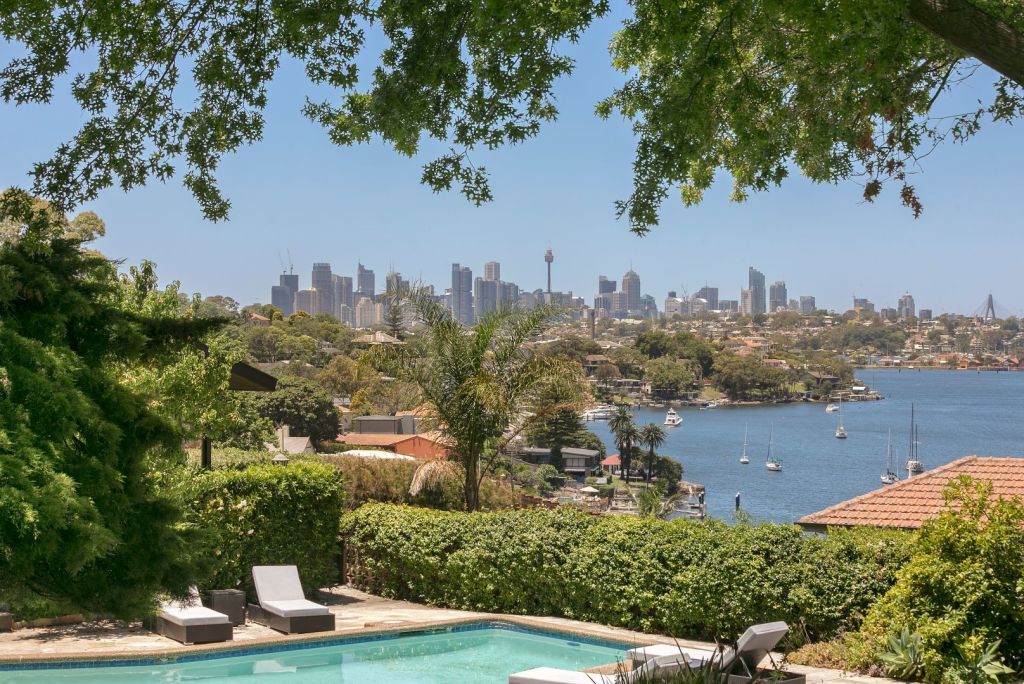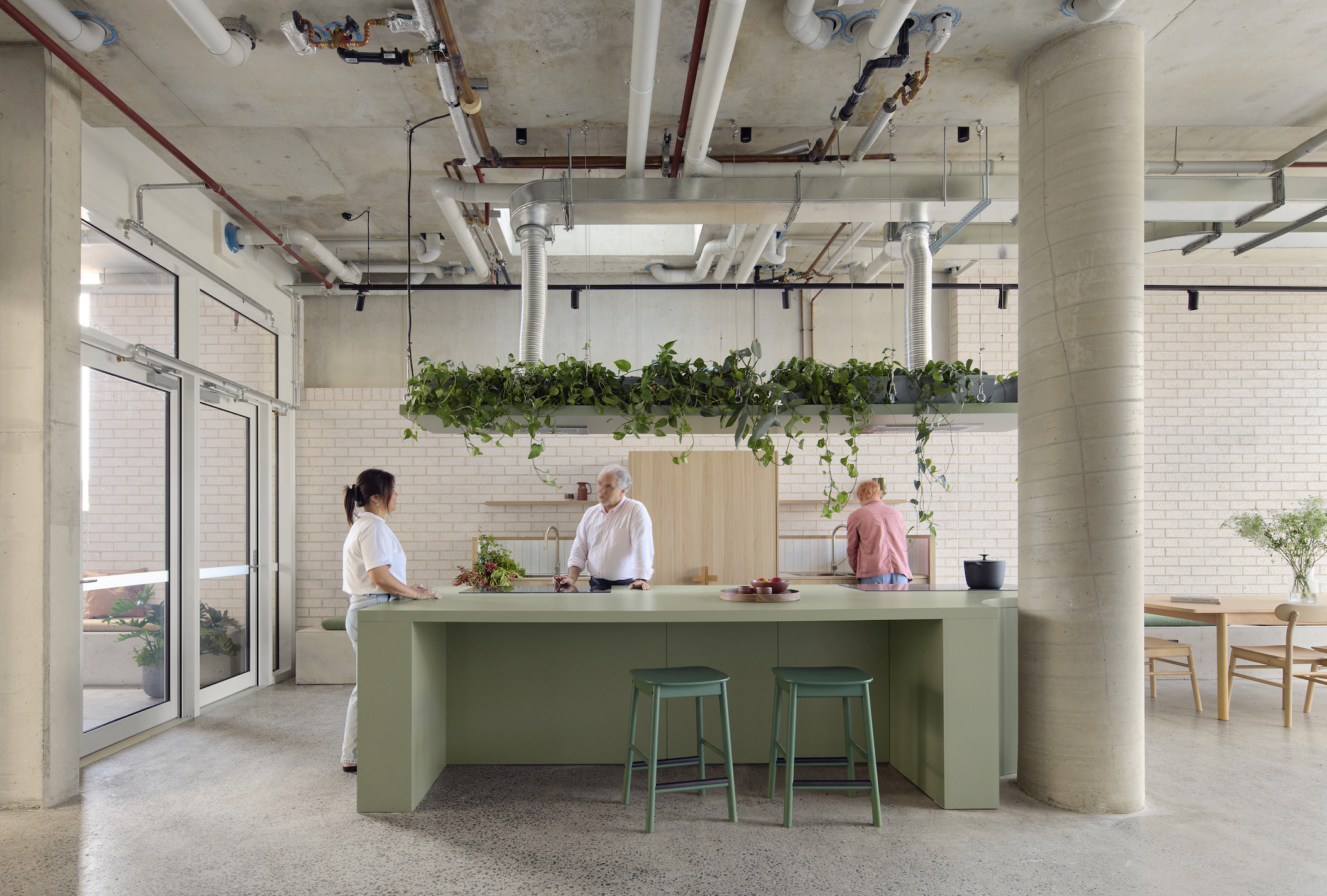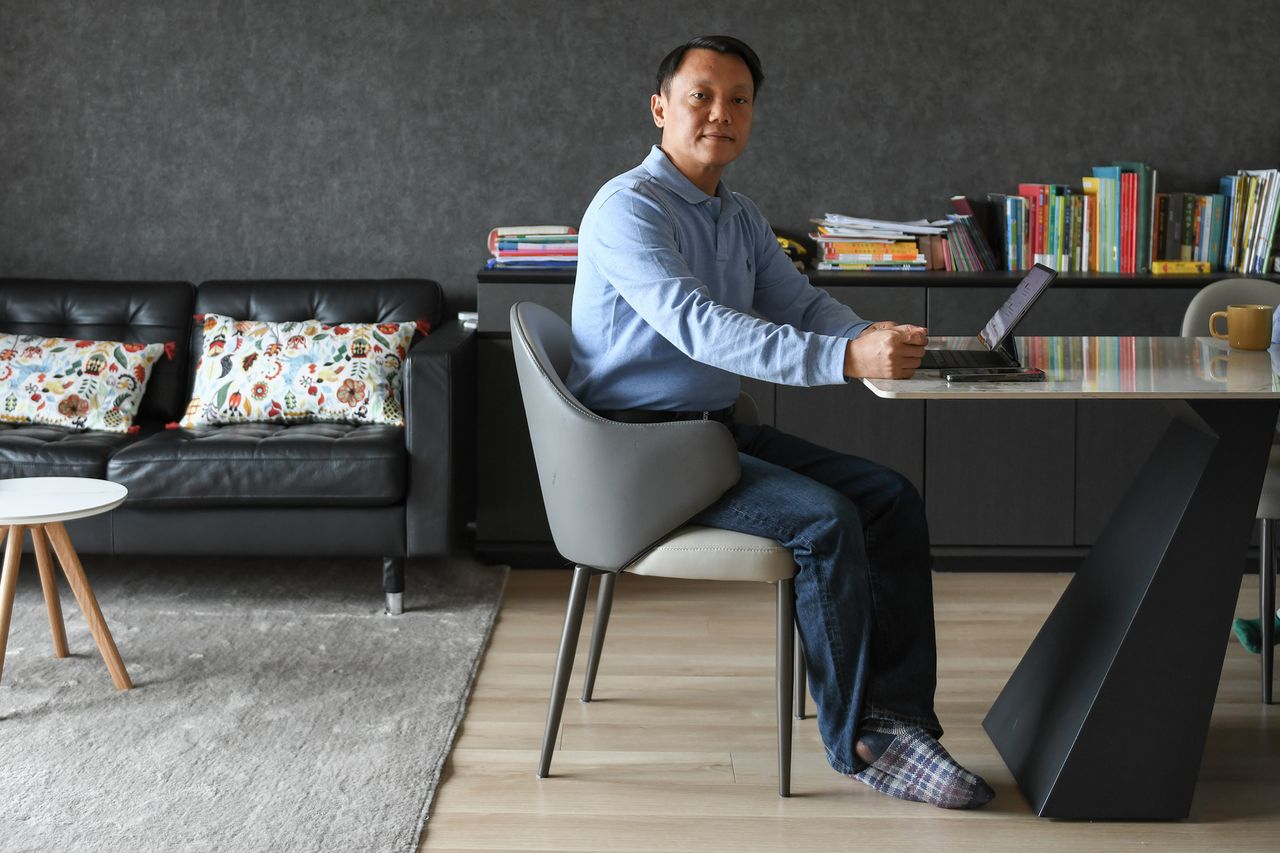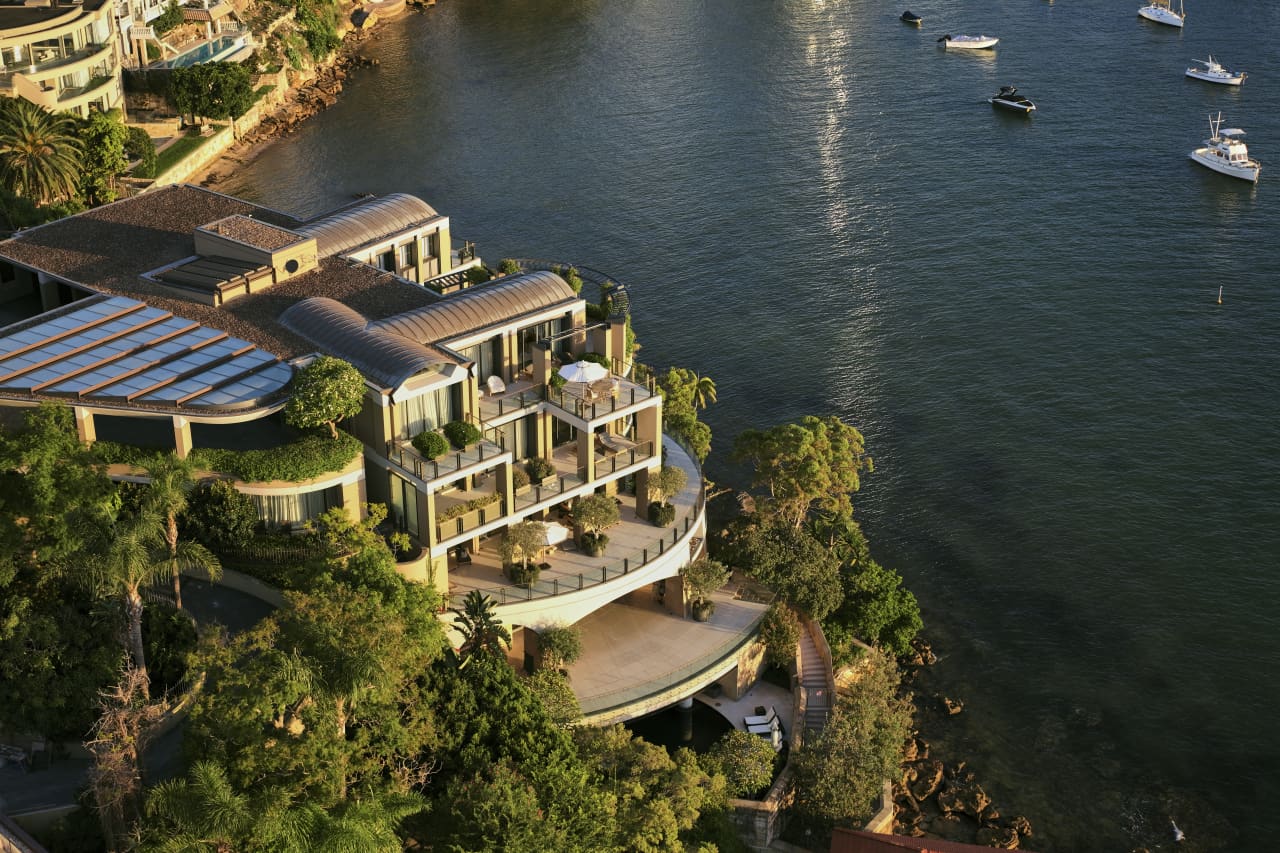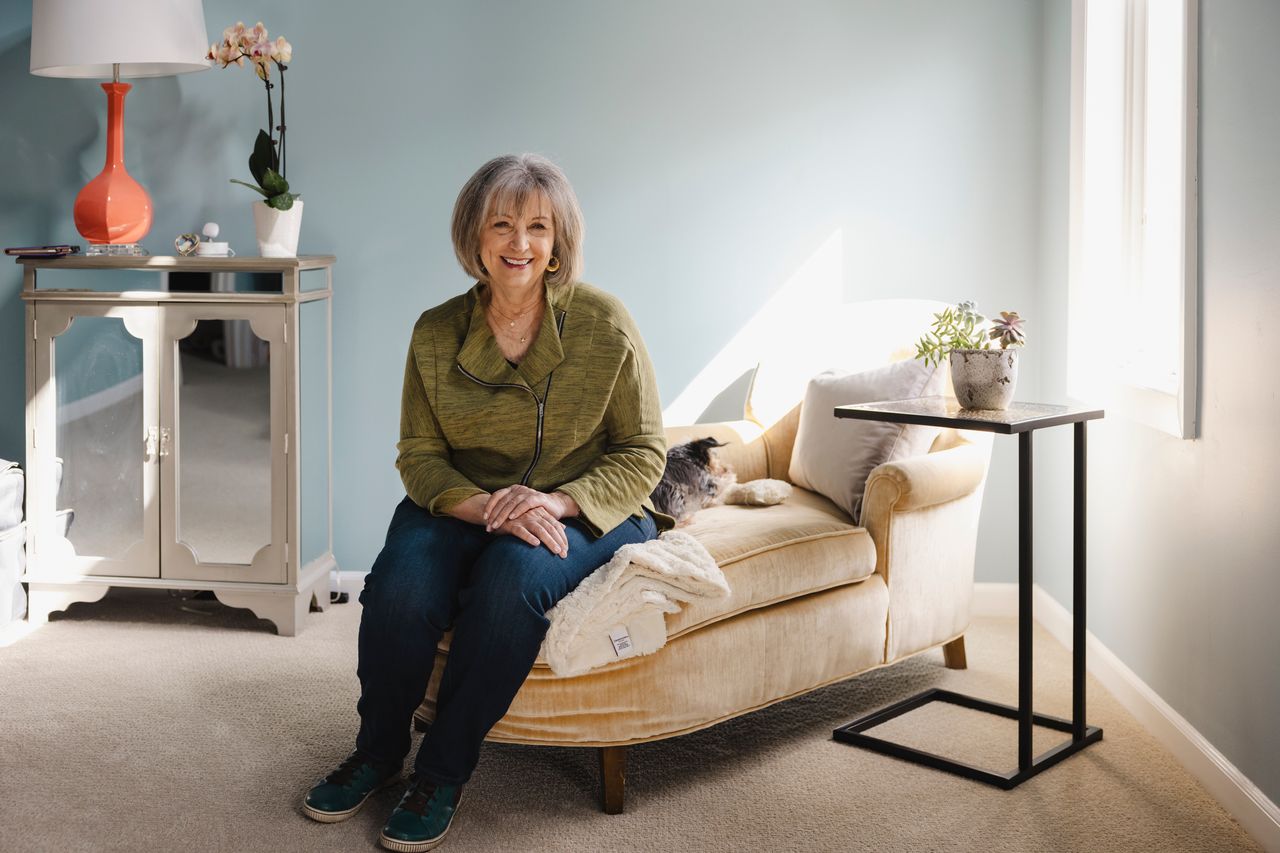Waterfront Property Drives Prime Residential Market
One in three super-prime residential sales in Australia have been absolute waterfronts.
As an island nation, it should come as no surprise that Australian’s are more willing than most to pay a premium for waterfront property.
However, in Knight Frank’s Australian Waterfront Premium 2022 report, the results indicate waterfront real estate represents a substantial share of super-prime sales, with one in three of the 374 sold over the last year located on the absolute waterfront.
Knight Frank’s report includes properties worth more than $10 million.
According to the report, the most popular type of waterfront super-prime sale was harbourside, representing 64% of super-prime sales in the last year — up from the 48% in Q3 of 3030.
This is in line with the super-prime surge witnessed this year, which shows the market more than doubled its volume in the first three quarters of 2021.
Properties with coastal frontage represented 16% of total sales in 2021, followed by 13% on canal, and 7% on river.
Knight Frank Australia Head of Research Michelle Ciesielski said waterfront real estate was obviously finite and tightly held, driving demand, particularly in Sydney.
“Sydney has taken the top position for greatest average uplift in waterfront sales this year, rising by 13.5% in the last year to 119% in Q3 2021,” Ms Ciesielski said.
This likely reflects the increase in price premium attributed to waterfront properties in 2021, increasing by 14% in the last year to represent a 79% price premium on their inland equivalents.
Elsewhere in Melbourne, waterfront homes experienced enormous growth.
“Waterfront homes in Melbourne have experienced the strongest growth of the five major Australian cities, with the waterfront premium increasing from 30 per cent in Q3 2020 to 37% in Q3 2021,” Ms Ciesielski added.
Away from the major markets of Sydney and Melbourne, the prime markets in both Gold Coast and Perth continue to grow with the Gold Coast following Sydney at a premium of 71% in Q3 2021, representing a growth of 5% year-on-year, and Perth recording an average uplift of 67% at 9.5% year-on-year growth.
“Brisbane’s prime market has been dominated by interstate buyers and local upsizers who favour riverfront real estate in prestige suburbs, averaging a waterfront premium of 54 per cent at a 14 per cent uplift,” Ms Ciesielski said.
This stylish family home combines a classic palette and finishes with a flexible floorplan
Just 55 minutes from Sydney, make this your creative getaway located in the majestic Hawkesbury region.
Savvy high net worth players from Australia and Asia are getting on board as the residential landscape shifts
Build-to-rent (BTR) residential property has emerged as one of the key sectors of interest among institutional and private high-net-worth investors across the Asia-Pacific region, according to a new report from CBRE. In a survey of 500 investors, BTR recorded the strongest uptick in interest, particularly among investors targeting value-added strategies to achieve double-digit returns.
CBRE said the residential investment sector is set to attract more capital this year, with investors in Japan, Australia and mainland China the primary markets of focus for BTR development. BTR is different from regular apartment developments because the developer or investor–owner retains the entire building for long-term rental income. Knight Frank forecasts that by 2030, about 55,000 dedicated BTR apartments will have been completed in Australia.
Knight Frank says BTR is a proven model in overseas markets and Australia is now following suit.
“Investors are gravitating toward the residential sector because of the perception that it offers the ability to adjust rental income streams more quickly than other sectors in response to high inflation,” Knight Frank explained in a BTR report published in September 2023.
The report shows Melbourne has the most BTR apartments under construction, followed by Sydney. Most of them are one and two-bedroom apartments. The BTR sector is also growing in Canberra and Perth where land costs less and apartment rental yields are among the highest in the country at 5.1 percent and 6.1 percent, respectively, according to the latest CoreLogic data.
In BTR developments, there is typically a strong lifestyle emphasis to encourage renters to stay as long as possible. Developments often have proactive maintenance programs, concierges, add-on cleaning services for tenants, and amenities such as a gym, pool, yoga room, cinema, communal working spaces and outdoor barbecue and dining areas.
Some blocks allow tenants to switch apartments as their space needs change, many are pet-friendly and some even run social events for residents. However, such amenities and services can result in BTR properties being expensive to rent. Some developers and investors have been given subsidies to reserve a portion of BTR apartments as ‘affordable homes’ for local essential services workers.
Ray White chief economist Nerida Conisbee says Australian BTR is a long way behind the United States, where five percent of the country’s rental supply is owned by large companies. She says BTR is Australia’s “best bet” to raise rental supply amid today’s chronic shortage that has seen vacancy rates drop below 1% nationwide and rents skyrocket 40% over the past four years.
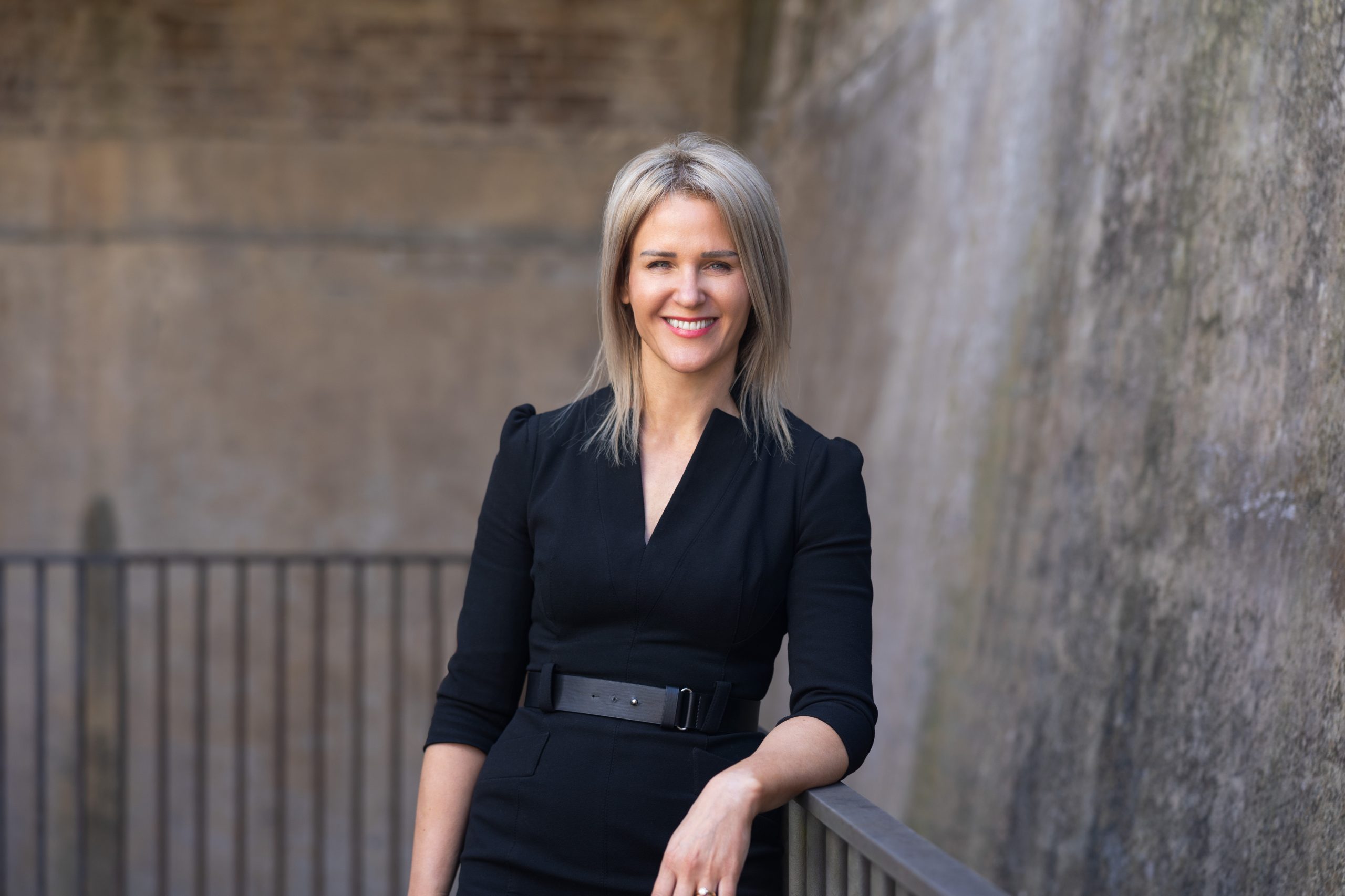
Ms Conisbee says 84 percent of Australian rental homes are owned by private landlords, typically mum and dad investors, and nine percent are owned by governments. “With Australia currently in the midst of a rental crisis, the question of who provides rental properties needs to be considered,” Ms Conisbee said. “We have relied heavily on private landlords for almost all our rental properties but we may not be able to so readily in the future.” She points out that large companies can access and manage debt more easily than private landlords when interest rates are high.
The CBRE report shows that Asia-Pacific investors are also interested in other types of residential properties. These include student accommodation, particularly in high migration markets like Australia, and retirement communities in markets with ageing populations, such as Japan and Korea. Most Asia Pacific investors said they intended to increase or keep their real estate allocations the same this year, with more than 50 percent of Australian respondents intending to invest more.
This stylish family home combines a classic palette and finishes with a flexible floorplan
Just 55 minutes from Sydney, make this your creative getaway located in the majestic Hawkesbury region.









